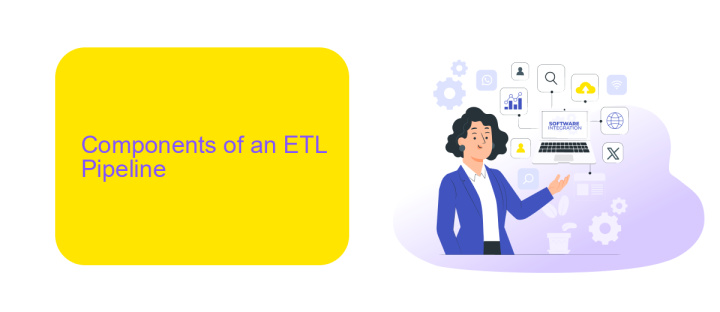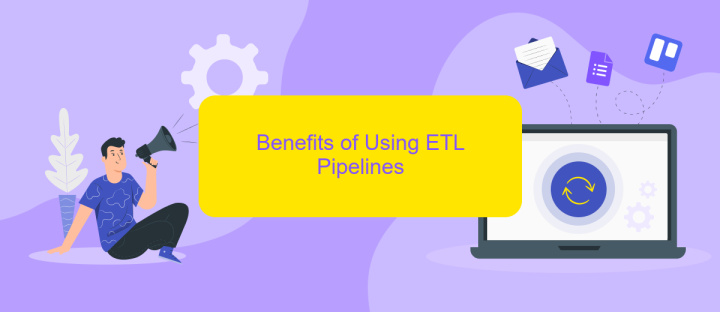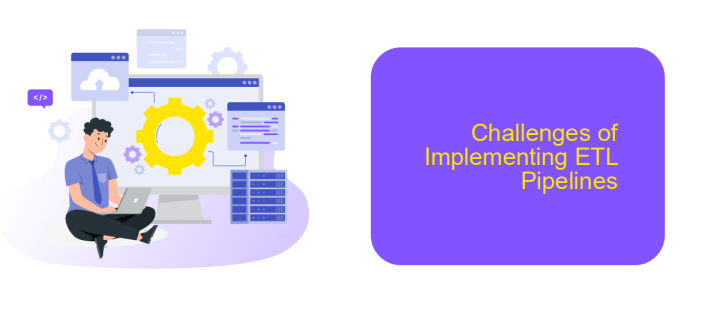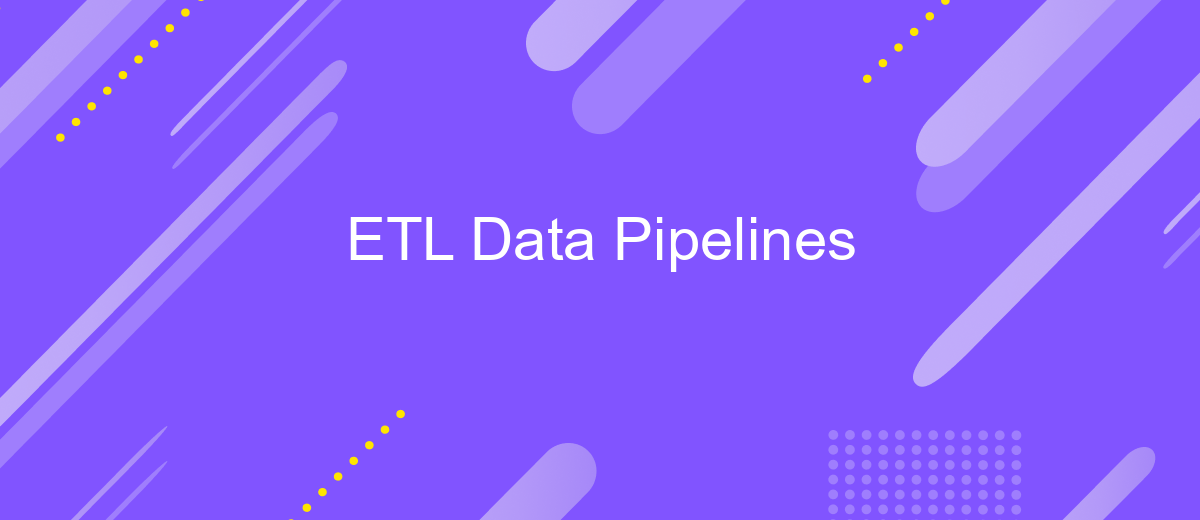ETL Data Pipelines
ETL (Extract, Transform, Load) data pipelines are essential for modern data management, enabling organizations to efficiently process and analyze large volumes of data. These pipelines extract data from various sources, transform it into a usable format, and load it into a target system. This article explores the key components, benefits, and best practices of ETL data pipelines, highlighting their importance in the data-driven world.
Introduction to ETL Data Pipelines
ETL (Extract, Transform, Load) data pipelines are essential for modern data management and analytics. They enable organizations to efficiently gather data from various sources, transform it into a usable format, and load it into a data warehouse or other storage systems. This process ensures that data is accurate, consistent, and ready for analysis, driving informed decision-making.
- Extract: Collecting data from diverse sources such as databases, APIs, and flat files.
- Transform: Cleaning, enriching, and converting data into a suitable format for analysis.
- Load: Inserting the transformed data into a target database or data warehouse.
Setting up ETL data pipelines can be complex, but services like ApiX-Drive simplify this process by offering seamless integration solutions. ApiX-Drive allows users to connect various data sources and automate data workflows without extensive coding. This ensures that data pipelines are robust, scalable, and easy to manage, making it an invaluable tool for businesses aiming to harness the power of their data.
Components of an ETL Pipeline

An ETL pipeline consists of several key components that work together to extract, transform, and load data from various sources into a target system. The first component is the data extraction process, which involves retrieving data from multiple sources such as databases, APIs, and flat files. This step ensures that all relevant data is collected and made available for further processing. Tools like ApiX-Drive can be instrumental in this phase, as they facilitate seamless integration with various data sources, automating the extraction process.
The next component is the data transformation process, where the extracted data is cleaned, formatted, and transformed to meet the requirements of the target system. This may involve data validation, enrichment, and aggregation. Finally, the transformed data is loaded into the target system, such as a data warehouse or a data lake, for storage and analysis. Efficient ETL pipelines ensure that data is consistently accurate and readily available for business intelligence and decision-making purposes.
Benefits of Using ETL Pipelines

ETL (Extract, Transform, Load) pipelines offer a structured approach to managing data flows, ensuring that data is consistently and accurately processed from various sources to the desired destinations. This streamlined process is crucial for organizations aiming to make data-driven decisions efficiently.
- Data Consistency: ETL pipelines ensure that data from different sources is harmonized and standardized, providing a single version of the truth.
- Improved Data Quality: Through transformation processes, data is cleansed and enriched, which enhances its reliability and usability.
- Scalability: ETL pipelines can handle increasing volumes of data, making them suitable for organizations of all sizes.
- Automation: Automated ETL processes reduce manual intervention, minimizing errors and saving time.
- Integration Capabilities: Services like ApiX-Drive facilitate seamless integration with various data sources and destinations, simplifying the setup of ETL workflows.
Leveraging ETL pipelines allows businesses to maintain high data quality and consistency, which is critical for accurate analysis and reporting. By automating data processing and integrating various systems effortlessly, organizations can focus on deriving insights and driving strategic initiatives.
Challenges of Implementing ETL Pipelines

Implementing ETL pipelines can be a complex and challenging task. One of the primary difficulties lies in handling diverse data sources, each with its own structure and format. This requires robust data extraction and transformation processes to ensure consistency and accuracy.
Another challenge is maintaining data quality throughout the ETL process. Data cleansing and validation are critical to prevent errors and ensure that the data is reliable for analysis. Additionally, managing large volumes of data efficiently can be demanding, often necessitating scalable infrastructure and optimized performance.
- Data source heterogeneity
- Ensuring data quality and consistency
- Scalability and performance optimization
- Real-time data processing
- Security and compliance
To address these challenges, leveraging integration services like ApiX-Drive can be beneficial. ApiX-Drive simplifies the process of connecting multiple data sources and automating data workflows, reducing the complexity involved in setting up and maintaining ETL pipelines. By using such tools, organizations can streamline their ETL processes and focus on deriving valuable insights from their data.
- Automate the work of an online store or landing
- Empower through integration
- Don't spend money on programmers and integrators
- Save time by automating routine tasks
Best Practices for ETL Pipeline Development
When developing ETL pipelines, it is crucial to follow best practices to ensure efficiency, reliability, and scalability. Firstly, always validate and clean your data before processing. This step helps in identifying and rectifying any anomalies or inconsistencies, ensuring that the data being processed is accurate. Additionally, consider implementing a robust error-handling mechanism to capture and manage any issues that arise during the ETL process, minimizing disruptions and data loss.
Another essential practice is to automate and monitor your ETL processes. Tools like ApiX-Drive can facilitate seamless integration and automation, allowing you to connect various data sources effortlessly. Regular monitoring and logging are vital for detecting performance bottlenecks and ensuring that the pipeline runs smoothly. Finally, ensure that your ETL pipeline is scalable to accommodate growing data volumes and evolving business requirements, enabling long-term sustainability and efficiency.
FAQ
What is an ETL data pipeline?
Why is ETL important for data integration?
How can I automate my ETL data pipeline?
What are the common challenges in building ETL data pipelines?
How do I ensure data quality in my ETL pipeline?
Do you want to achieve your goals in business, career and life faster and better? Do it with ApiX-Drive – a tool that will remove a significant part of the routine from workflows and free up additional time to achieve your goals. Test the capabilities of Apix-Drive for free – see for yourself the effectiveness of the tool.


